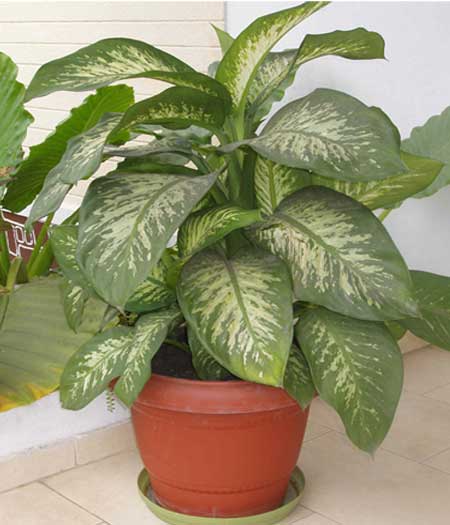Je wajua? kwamba...
In the 16th and 17th centuries, everything had to be transported by ship and it was also before the invention of commercial fertilizers, so large shipments of manure were quite common.
It was shipped dry, because in dry form it weighed a lot less than when wet, but once water (at sea) hit it, not only did it become heavier, but the process of fermentation began again, of which a by-product is methane gas of course. As the stuff was stored below decks in bundles you can see what could (and did) happen.
It was shipped dry, because in dry form it weighed a lot less than when wet, but once water (at sea) hit it, not only did it become heavier, but the process of fermentation began again, of which a by-product is methane gas of course. As the stuff was stored below decks in bundles you can see what could (and did) happen.
Methane began to build up below decks and the first time someone came below at night with a lantern, BOOOOM!
Several ships were destroyed in this manner before it was determined just what was happening.
Several ships were destroyed in this manner before it was determined just what was happening.
After that, the bundles of manure were always stamped with the instruction ' Stow high in transit ' on them, which meant for the sailors to stow it high enough off the lower decks so that any water that came into the hold would not touch this volatile cargo and start the production of methane.
Thus evolved the term 'S.H..I.T.', (Stow High In Transit) which has come down through the centuries and is in use to this very day.
You probably did not know the true history of this word - Neither did I. Here we learn...


Comments